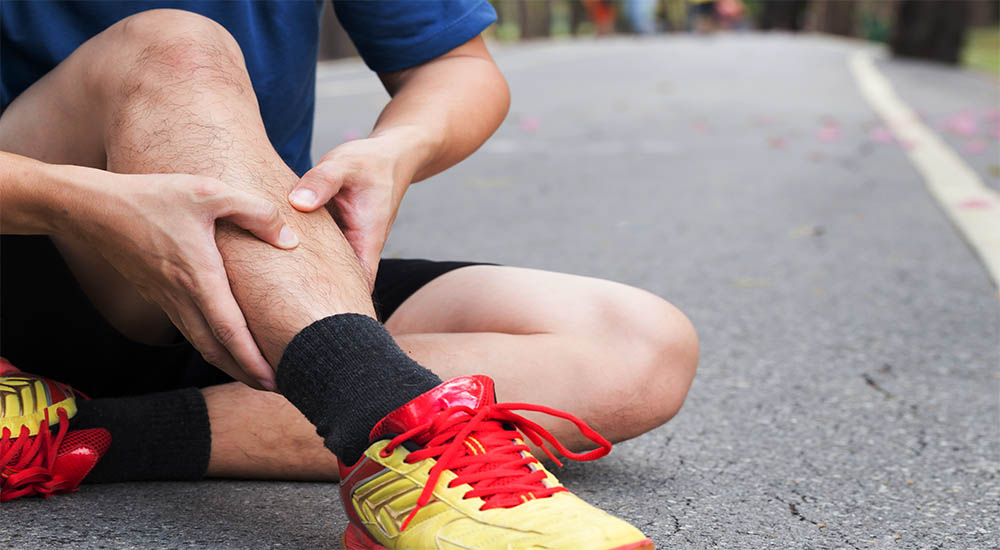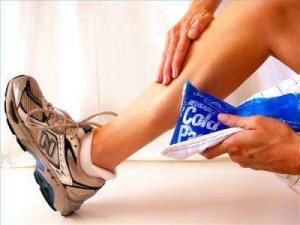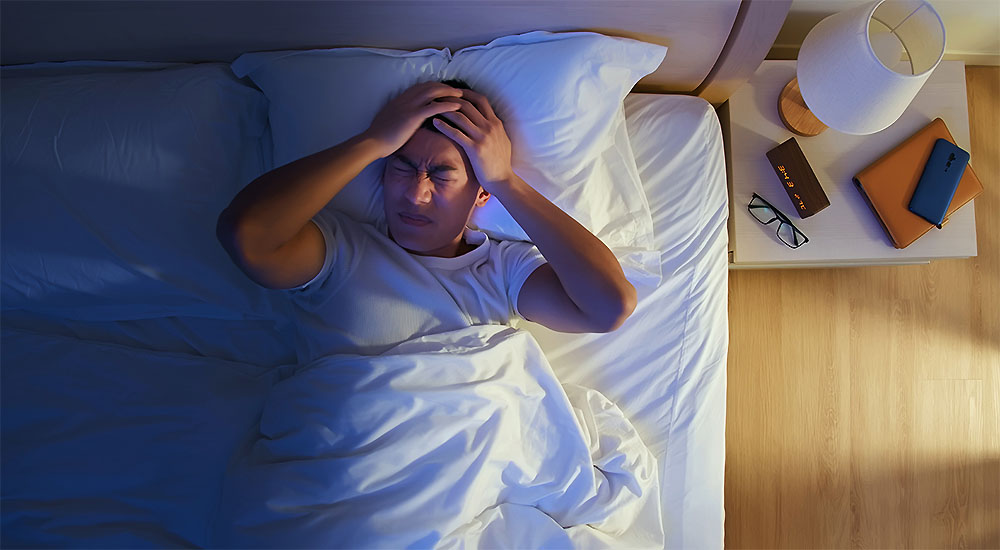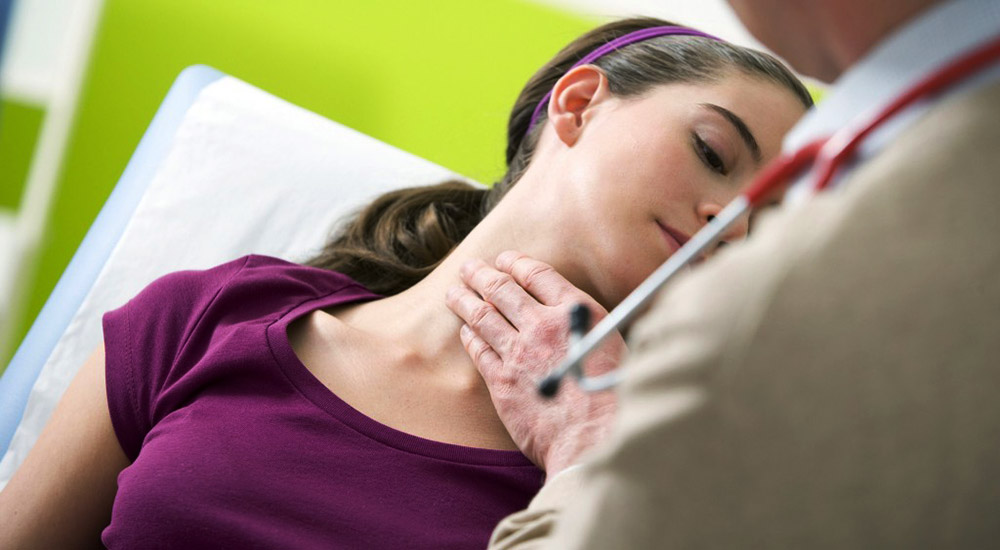Shin Splints or Shin Pain? Physical Therapy Has the Answer!

The Knee Bone’s Connected to the Shin Bone

You Don’t Need to be an Athlete to have Shin Problems
There is a misconception that shin pain is most commonly seen only in athletes. Research now shows that there is an increasing amount of non-athletes who experience it too. While such pain is medically labeled as ‘shin splints’, there are a variety of causative factors that contribute to this problem.
Among athletes, the causes range from poor stretching techniques and training to improper shoes and technique. In the non-athlete, the most common culprits are inadequate activity and flexibility of the calf muscle.
The calf muscle is a combination of two muscles. The names of the muscles are a mouthful – soleus and gastrocnemius – but suffice to say that both muscles join near the ankle into one common tendon and attach at the heel. One of the main functions of this important muscle group is its acts like a pump for pushing all the blood from the legs up into the heart – an extremely important job.
Did You Know that Shin Pain Can Affect Your Heart?
If this muscle group did not exist or did not work well, all the blood circulating to the legs would stay down there because of gravity. And once the blood stayed pooled in one location, it would clot and not flow well back to the heart. Obviously, that is serious, so the moral of the story is that we need our leg ‘pumps’ to be active and well functioning.
In the San Francisco bay area, 90% of occupations involve the computer industry in some fashion. Such jobs require people to sit at their desks for long periods of time. The distance walked in a day can be quite minimal and is highly inadequate for the health of the calf muscles. The result is that the calf pumps get lazy and sluggish because they are not asked to work for most of the day. Another consequence is that the muscle gets tighter and less flexible.
Why Does the Pain Start?
Now imagine it’s the weekend and the computer professional takes a walk along the beach. His calves now have to work doubly hard to maintain the constant pump-action plus stretch and flex as a result of being on the sand. Because these muscles are not used to working this hard, other muscles of the shin and ankles come to its rescue.
They try to help by contracting harder to keep up with the mechanics of walking on the sand. That’s really not their job but they are being called into service as a backup. Our computer professional enjoys the stroll at the beach but when he comes back home, he realizes his shins are painful and that lasts for days.
He wonders why and how but pays little attention until the next time he’s in pain. Does this sound familiar? Does this sound like you?
Physical Therapy has the Answer
In certain instances, the shin issues are neglected to such an extent that it causes further problems with knee and hip pain.
As a physical therapist, I know that shin pain should not be ignored. Even if periodic, shin pain with standing and walking needs to be evaluated and examined. After a comprehensive physical therapy evaluation that reveals the exact mechanism of the problem, I usually begin care with a lot of manual therapy for the shins, calf, ankle, and in some cases the knee. I have found that manual techniques get faster results – something we are all interested in.
After we deliver in-house therapy, patients are then instructed on how to perform exercises at home. For some, the focus is stretching routines, while others require strengthening, or training with balance and coordination. Some patients need a change in footwear and orthotics (foot inserts that are custom made).
Shin Pain can become Quite Serious
As with most things in the human body, ignoring shin pain is a bad idea. For some, the inflammation of the muscle gets so severe in the muscles that they start compressing nerves and arteries. This problem is called ‘ compartment syndrome’ and can be very debilitating.
If you get occasional or chronic shin pain please allow me to evaluate it for you. As a doctor of physical therapy and orthopedic certified specialist, I am highly qualified to ascertain the real root cause and recommend a treatment protocol that will be effective. Please let me know if this information was useful and feel free to ask questions.
Do you need help with your health?
We have the diagnostic and testing tools, the clinical experience, and a different medical approach to discovering the root cause of why you have the symptoms that are bothering you. As long as you are ready to make some dietary and lifestyle changes, we can help you. We will "hold your hand" through the changes, step by step, to make each step an easy one. We are located in Clearwater, FL, at 1000 S Ft Harrison, at the corner of Ft. Harrison Ave. and Magnolia St. There is plenty of parking space directly accessible from Ft Harrison. If it is not convenient for you to come to Root Cause Medical Clinic, we offer telehealth/telemedicine consultations to residents of certain states. Call us for details.
Contact us for a Consultation – Call 727-335-0400
Ask a Doctor
Have a health concern you'd like to speak with a doctor about? Or just want clarity on a subject? Ask Us!
Featured Articles
Popular Stories

Dr. Rupa Chakravarty DPT, OCS
Director of Physical Therapy at Root Cause Medical
Doctor of Physical Therapy, Orthopedic Certified Specialist
Dr. Chakravarty has numerous certifications for different techniques in Physical Therapy practice. She employs an extensive array of manual as well as exercise techniques to manage her patients’ symptoms during their course of therapy.


